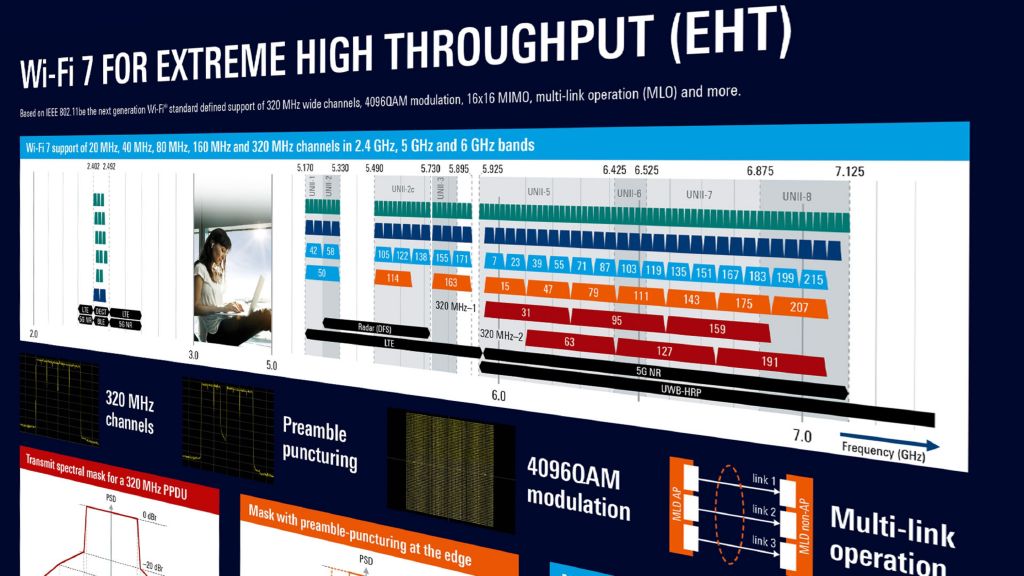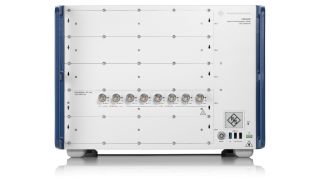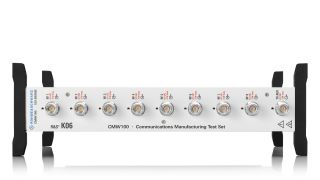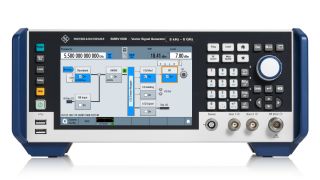Решения для испытаний Wi-Fi 7
Решайте новые задачи, связанные с проектированием устройств по стандарту Wi-Fi 7
Wi-Fi 6 имеет все шансы занять доминирующее положение на рынке, а регулирующие органы открывают спектр 6 ГГц для Wi-Fi 6E. Однако на рынок уже выходит Wi-Fi 7 или WLAN с чрезвычайно высокой пропускной способностью (EHT) согласно стандарту IEEE 802.11be.
Главная цель стандарта 802.11be состоит в увеличении пропускной способности передачи данных до десятков гигабит в секунду с малым временем задержки. Это необходимо для таких приложений, как потоковая передача видео сверхвысокой четкости, виртуальная и дополненная реальность. Как и Wi-Fi 6E, технология Wi-Fi 7 будет работать в диапазонах 2,4 ГГц, 5 ГГц и 6 ГГц с небольшими изменениями в тонах.
Ключевыми элементами для достижения высокой пропускной способности являются увеличенная полоса канала 320 МГц, модуляция 4096QAM и новая функция под названием многоканальная работа (MLO, Multi-Link Operation). Эти передовые функции создают трудности для традиционных установок для испытаний Wi-Fi, поэтому компания Rohde & Schwarz предлагает испытательные решения, ориентированные на новые и будущие поколения Wi-Fi.



























